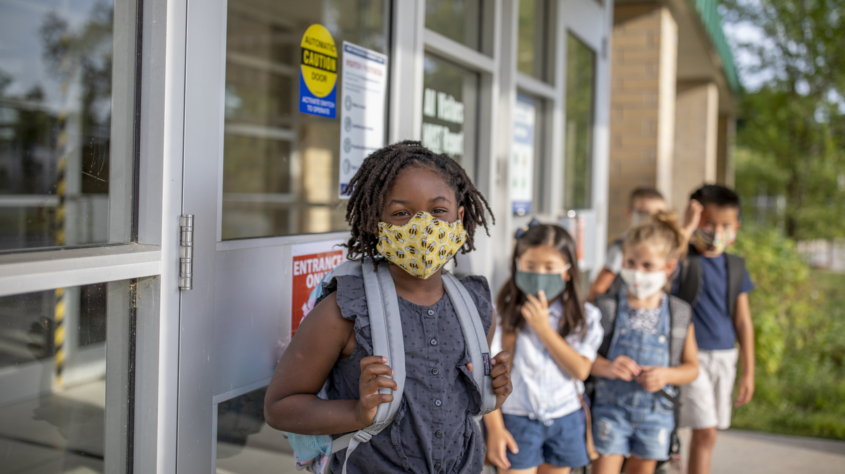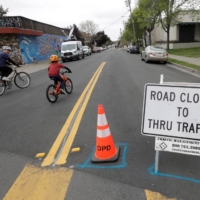Reber Assesses Federal COVID-19 Aid for Schools
Associate Professor of Public Policy Sarah Reber co-authored a new working paper in the National Bureau of Economic Research assessing the federal relief bills created for schools during the COVID-19 pandemic. The paper, a joint project by Reber and Nora Gordon, a professor of public policy at Georgetown University, explored whether federal COVID relief funds for schools were sufficient. Congress responded to the disruptions caused by the pandemic by distributing $200 billion in federal aid for schools through the Elementary and Secondary School Emergency Relief (ESSER) funds. While this amount is about 12 times more than the typical level of funding distributed through Title I, Reber noted that the amount of per-pupil federal aid that schools received varied considerably across districts. For example, some districts in Detroit received $6,000 per pupil while districts like nearby Bloomfield Hills received less than $100 per pupil. The authors pointed out that different districts faced different costs for COVID-19 mitigation and recovery. Reber and Gordon estimated the net fiscal impact of COVID-19 and the federal relief by taking into consideration how much COVID-19 affected costs for schools, how those costs depend on child poverty rates, and the effect of the pandemic on state aid to school districts. Federal aid was distributed based on Title I proportions, sending more money per pupil to higher-poverty districts. “Low-poverty districts are therefore projected to face some budgetary shortfalls, while many higher-poverty districts are projected to have excess funds, which they could direct towards long-standing challenges,” Reber explained. — Zoe Day









Leave a Reply
Want to join the discussion?Feel free to contribute!